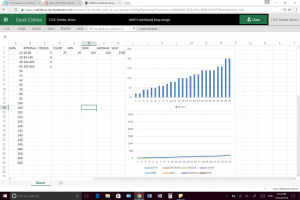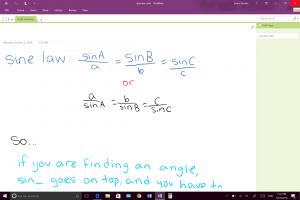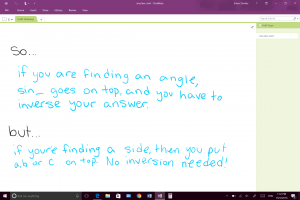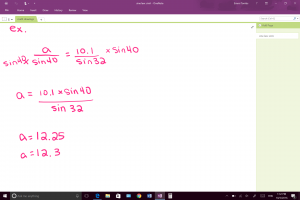Archive of ‘Math 11’ category
Exploring Quadratic Functions
- A quadratic function: when the variable is higher than 2
“Quadratic function is a function that can be described by an equation of the form f(x) = ax2 + bx + c, where a ≠ 0″ – definition of quadratic formulas
example:
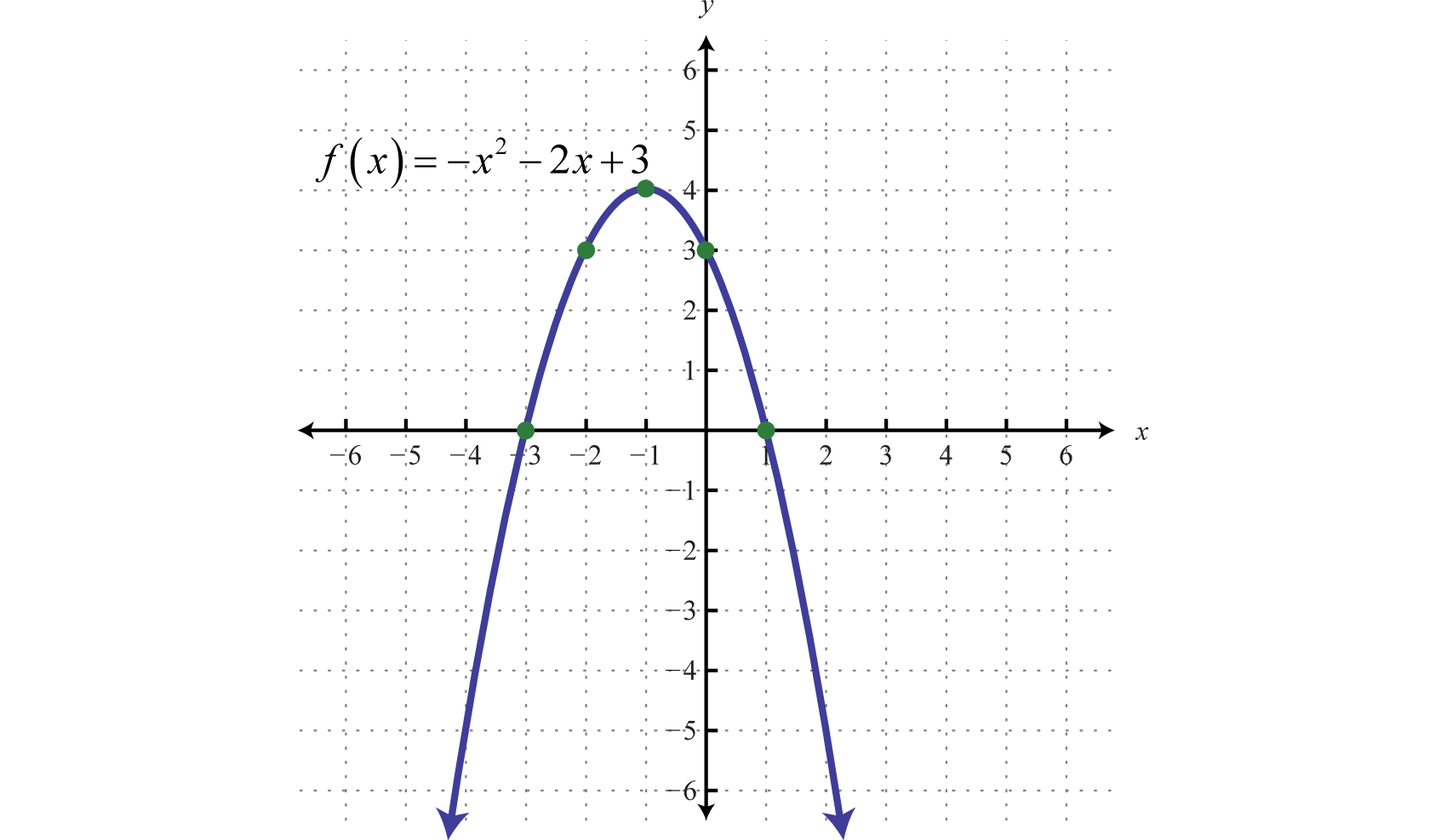
2. 1. when the values are a=1, b=0, and c=0, the line is perfectly symmetrical with the base of the curve at 0, and the center of the curve is along the y axis.
3. a)
when a<0 the curve flips upside down and as a becomes smaller, the curve becomes thinner. the minimum point is 0.
b)
when a>0 the curve is upward facing and as a becomes bigger, the curve becomes thinner. the maximum point is 0.
c) when -1 < a < 1, the curve is very large with the base of the curve on the x axis
d) when a > 1 or a < -1 the line is very large as well, just like c), the curve is wide
4.
i. the vertex is the minimum point if a is bigger than 0
ii. the vertex is the maximum point if a is smaller than 0
5. a = 0.5, c = 0 and b changes. the vertex moves in a “circle” of sorts when a and c are constant and b moves.
6. a = 0.5, b = 2 and c changes. the vertex moves along the y axis when c moves and a and b are constant.
Part 2:
when the vertex just touches the x axis:
0=0.5*-1+1.8*-1+1.5
when the roots are 1,-1
0=0.5*1+-2*1+0
when the curve does not cross the x axis
0==.5*1+-2*1+4
math blog – 2
this is my excel online blog post including a histogram and a frequency polygon
what I learned – math 11 blog 1
this unit we learned the sine and cosine laws for acute and obtuse triangles. the law that was the most interesting was the sine law. Below are some photos explaining the sine law with an example.
